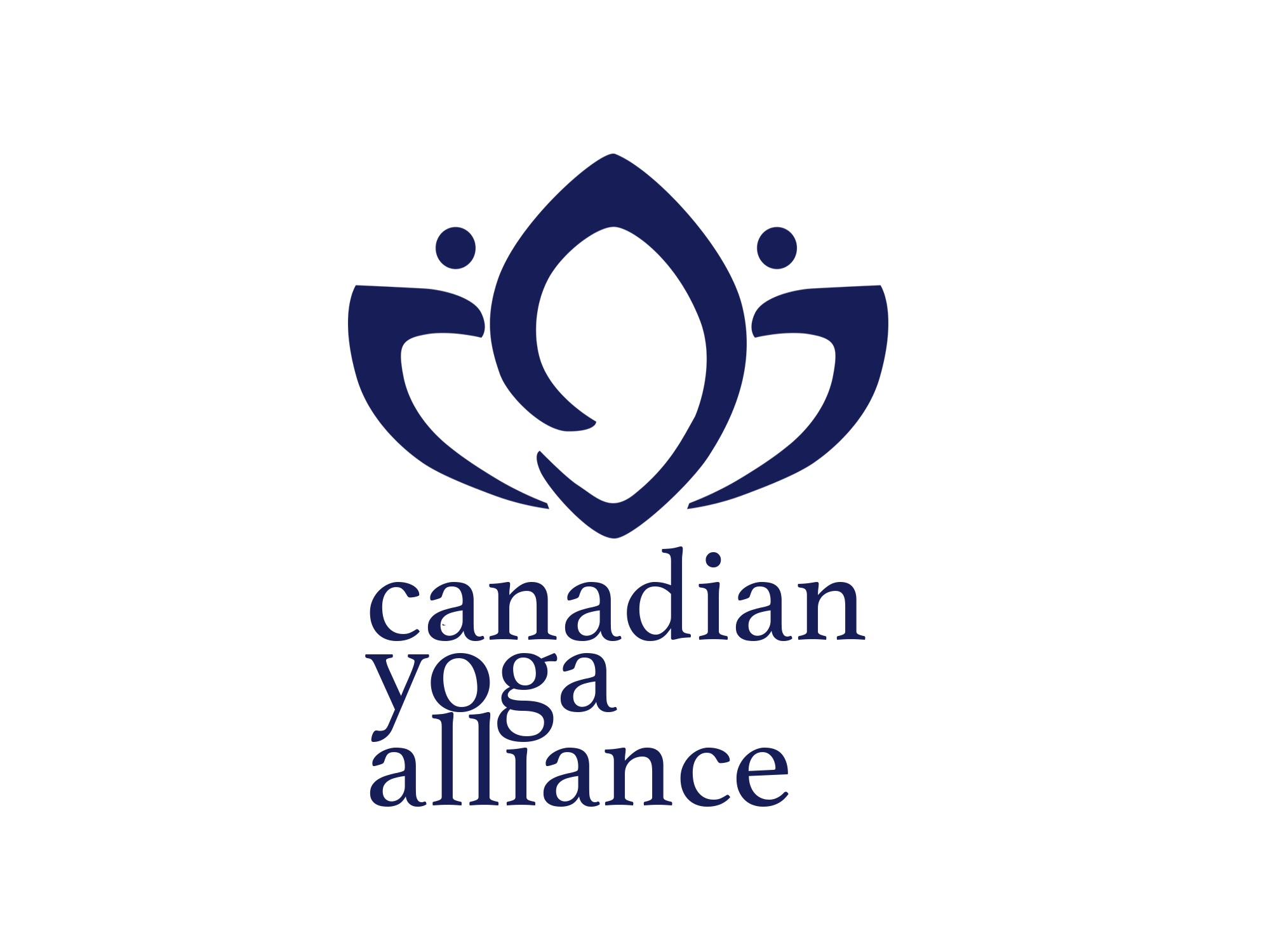Recent Entries
- 100-Hour Soma Meditation Teacher Training Program
- AGNI LE FEU DE LA PRATIQUE
- Pre/Post Natal Yoga + Doula Training May 4/5
- Pilates Mat Teacher Training May 11/12 2024
- Post Natal Yoga Training July 6/7 2024
- Prenatal Yoga Training May 4/5 2024
- Soma and Trauma Yoga Techniques April 27/28
- Flow Method
- Dimensions subtiles - Retraite de formation 50h
- ONLINE Kids Yoga Teacher Training (95 Hrs)
Illuminated Teacher Training - 200 hour
Students will gain knowledge in asanas, the chakra system, yoga philosophy, classic pranayama, anatomy and physiology of yoga.
Trainings are held one weekend per month from September to March:
INITIATION – September 20, 21, 22
AWAKENING – October 18, 19, 20
Asana Lab – Sunday, October 27
DARKNESS TO LIGHT – November 1, 2, 3
Asana Lab – Sunday, November 17
The Shadow Weekend – November 22, 23, 24 (50 hour YTT)
ENERGY RISING – December 6, 7, 8
ALIGNING – January 10, 11, 12
EMBODYING – February 7, 8, 9
TAKING FLIGHT – March 6,7,8
___________________________
FRIDAYS: 6 – 10PM
SATURDAYS: 9AM – 4PM
SUNDAYS: 9AM – 4PM
The Yoga Anatomy course involves the study of the structure of the human body, including gross anatomy, an overview of tissue and organ systems. It will also cover the study of principles of movement, their application to yoga practice, and benefits and contraindications, which include healthy movement patterns. It also touches on energy anatomy, covering topics such as chakras, nadis, prana, and koshas. Carol Baxter, founder of Glow Yoga, will go into more depth into the topics of Energy anatomy within the rest of your course. The anatomy portion of your course will consist of 20 hours of lecture and 5 hours of practice applying anatomy and physiology principles to asana.
This anatomy course and class time adhere to Yoga Alliance standards as a measure of professional education and experience in the yoga teaching community. Their registry marks are globally-recognized symbols of standards-based knowledge in the field of yoga.
COURSE OBJECTIVES AND COMPETENCIES
After completing this course the student will:
Develop a functional knowledge of the gross anatomy of the human body systems listed in the outline.
Develop a functional knowledge of the basic nomenclature and conventions used to study human anatomy and review the fundamentals of selected tissues of the body.
Display knowledge of the relative positions and functions of the major body organs as well as their general anatomical locations for the body systems covered in Human Anatomy. • Bones • Muscles • Connective tissue • Endocrine system • Nervous system • The cell – brief overview (optional- will be covered if time allows)
Name the anatomical structures associated with the systems presented in the laboratory setting (skeletal, muscular, circulatory, visceral, neural).
Describe the various types of bones, joints and joint movement.
Identify the anatomy of the heart, blood, and lymph vessels.
Locate the structures associated with the brain and spinal cord.
Apply principles to: • Benefits • Contraindications • Healthy movement patterns
Required textbook: Yoga Anatomy by Leslie Kaminoff, Amy T. Matthews, and handouts (will be supplied)

